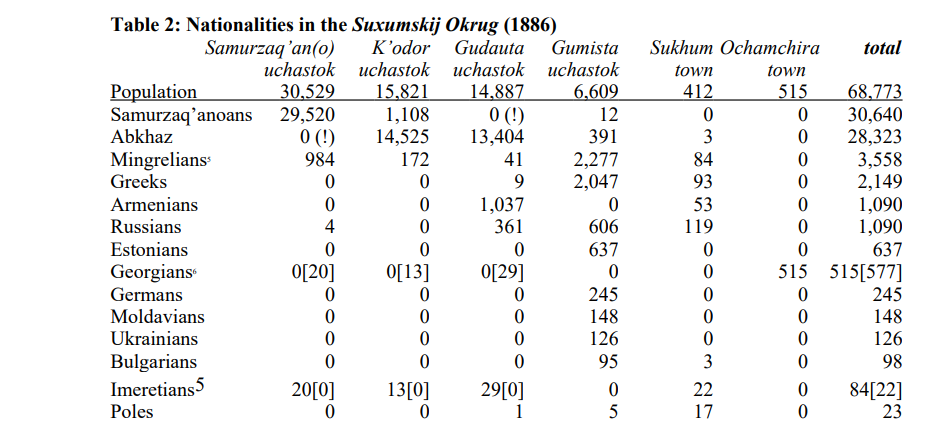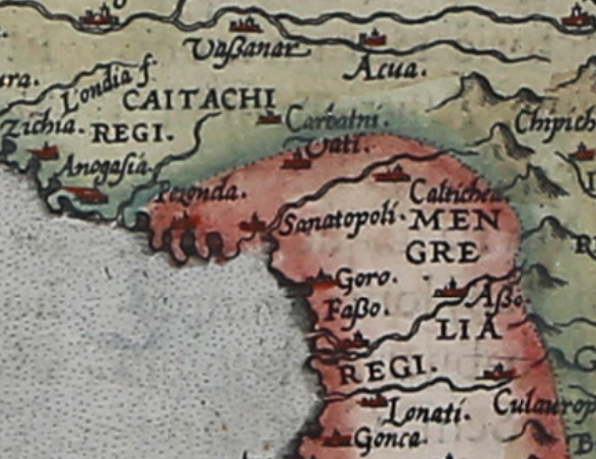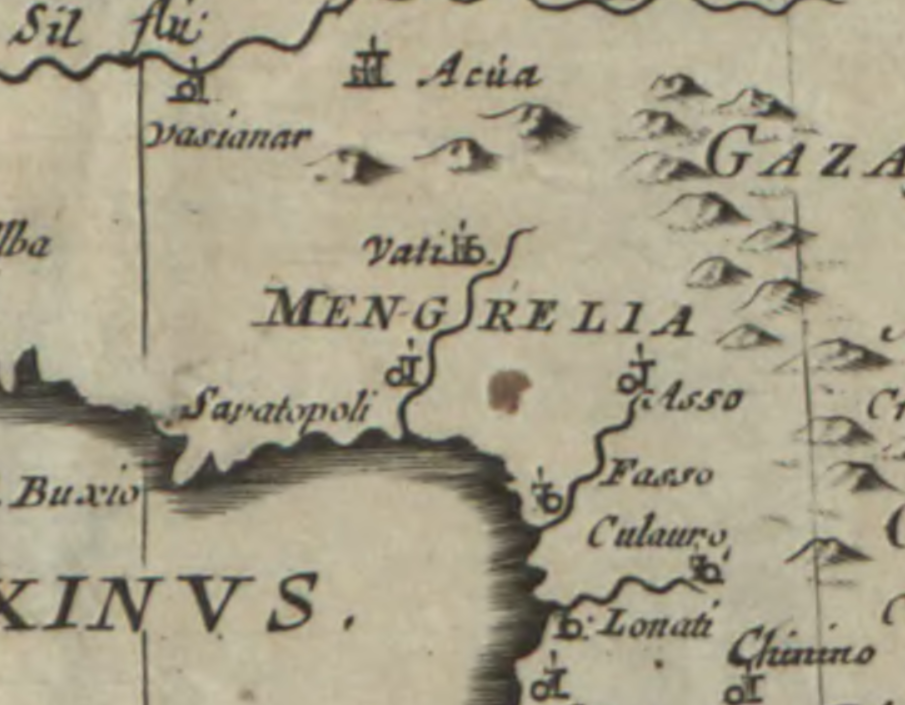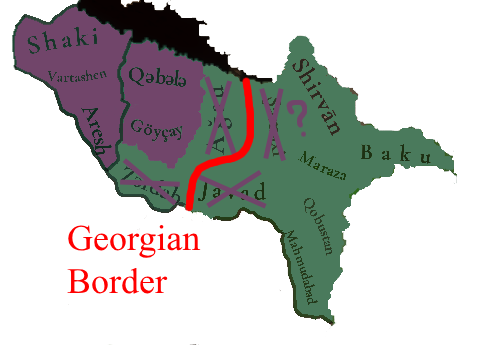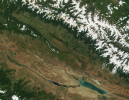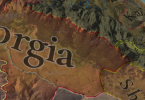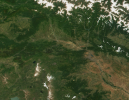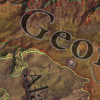sorry bro first statement is completly irrelevant and that circassians were using georgian and greek writing doen not change anything and still even so you can not find inscriptions written in georgian, greek or arabic scripts in circassian language in abkhazia.(arabic was also common in georgia because of muslim conquest and arab influence in georgia as consequence)
second argument is misleading because you might think that abkhazian inhabitants were using georgian script because they themselves did not had any to use but truth is they were using georgian because they themselves were georgians and they spoke georgian language(as i said historical abkhazians and modern abkhazians are two different people) also it proves my point because in early medieval times kingdome of abkhazia and later principality of abkhazia were independent states but they kept using georgian language for some reason? why would they if they had their language?(if you look at it even wikipedia says georgia was used language in the kingdom even greek and arabic but not a word about abkhazian).
as i said there is no evidence that they spoke any other language than Georgian
View attachment 1332299
signature of Giorgi Sharvashidze, prince of abkhazia

I read your article, the arguments are just assumptions and assertions that don't necessarily follow from the evidence presented. Written language is often different from spoken language. Medieval England wrote in French.
Attachments
- 1




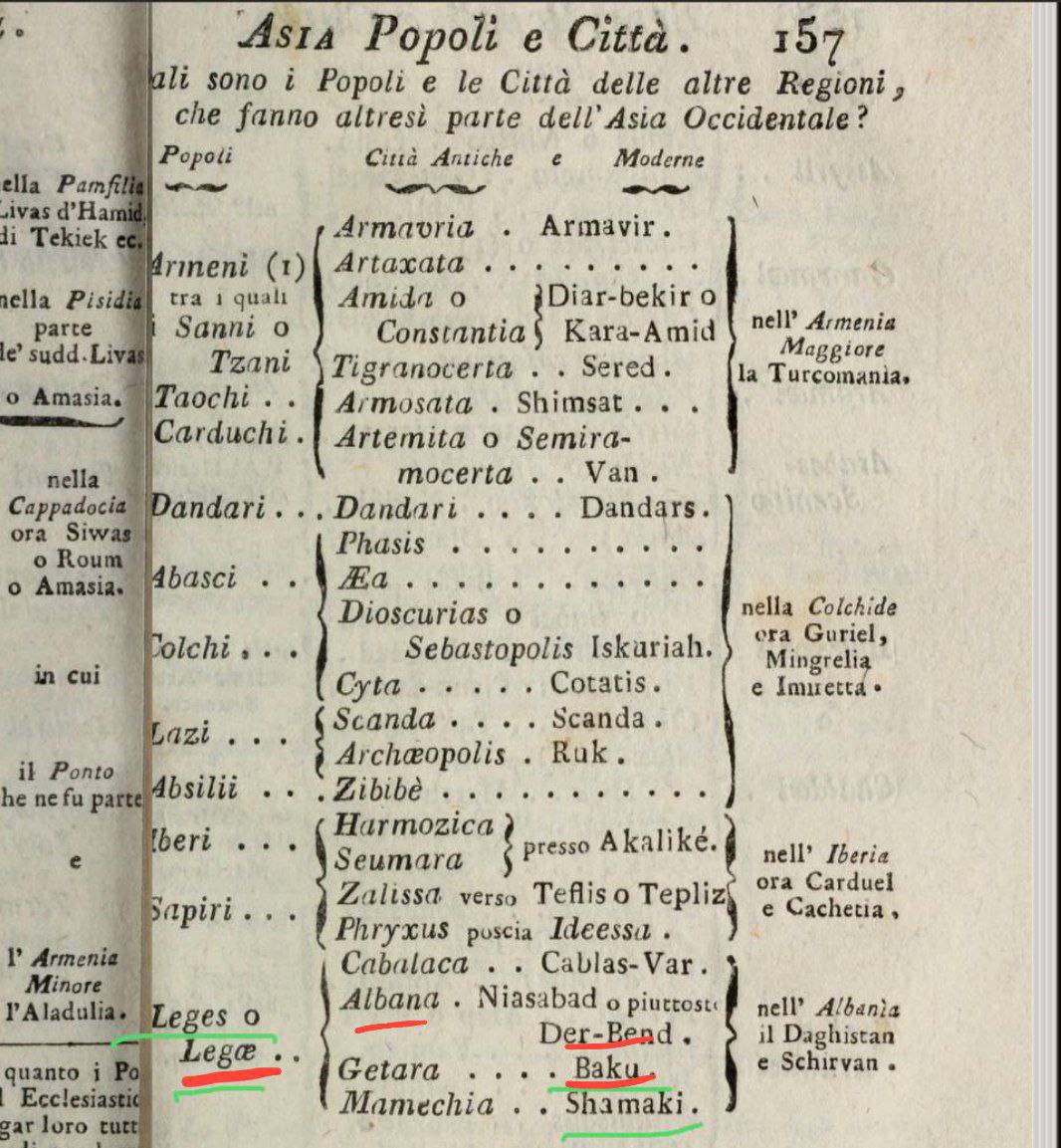



![La_Russie_Blanche_ou_Moscovie_[...]Sanson_Guillaume_btv1b531192604.jpg La_Russie_Blanche_ou_Moscovie_[...]Sanson_Guillaume_btv1b531192604.jpg](https://forumcontent.paradoxplaza.com/public/1326211/La_Russie_Blanche_ou_Moscovie_[...]Sanson_Guillaume_btv1b531192604.jpg)
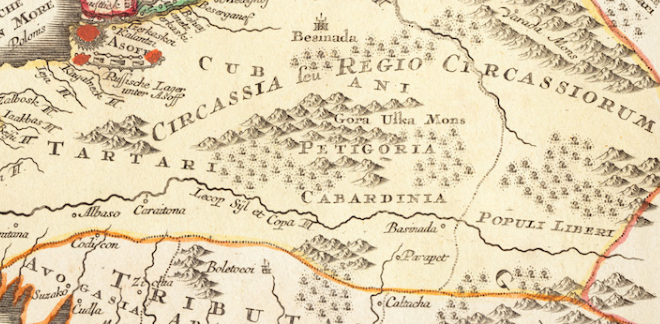
![Carte_de_Perse_dressйe_pour_[...]Delisle_Guillaume_btv1b5973030n_1.jpg Carte_de_Perse_dressйe_pour_[...]Delisle_Guillaume_btv1b5973030n_1.jpg](https://forumcontent.paradoxplaza.com/public/1326267/Carte_de_Perse_dressйe_pour_[...]Delisle_Guillaume_btv1b5973030n_1.jpg)
